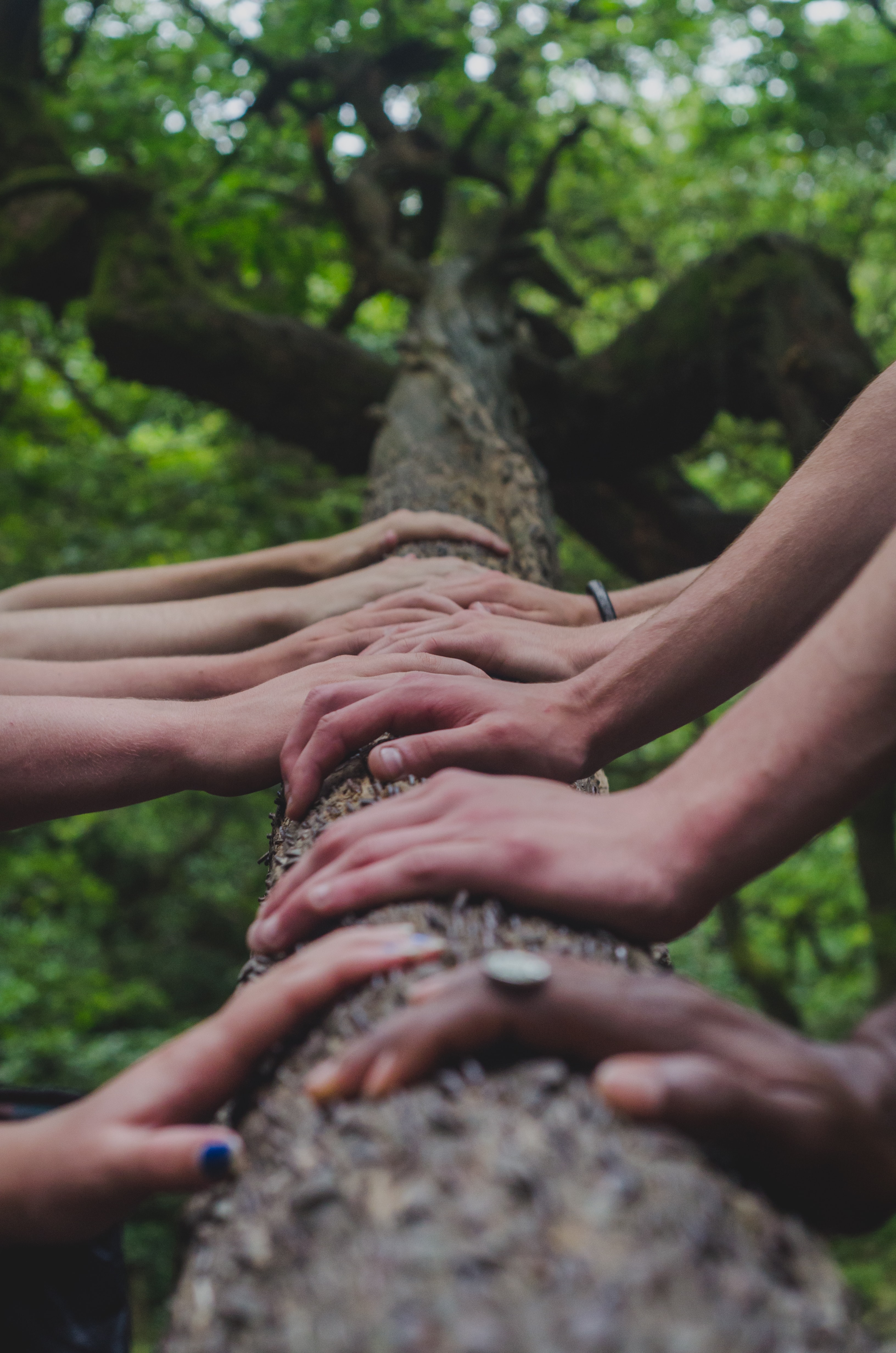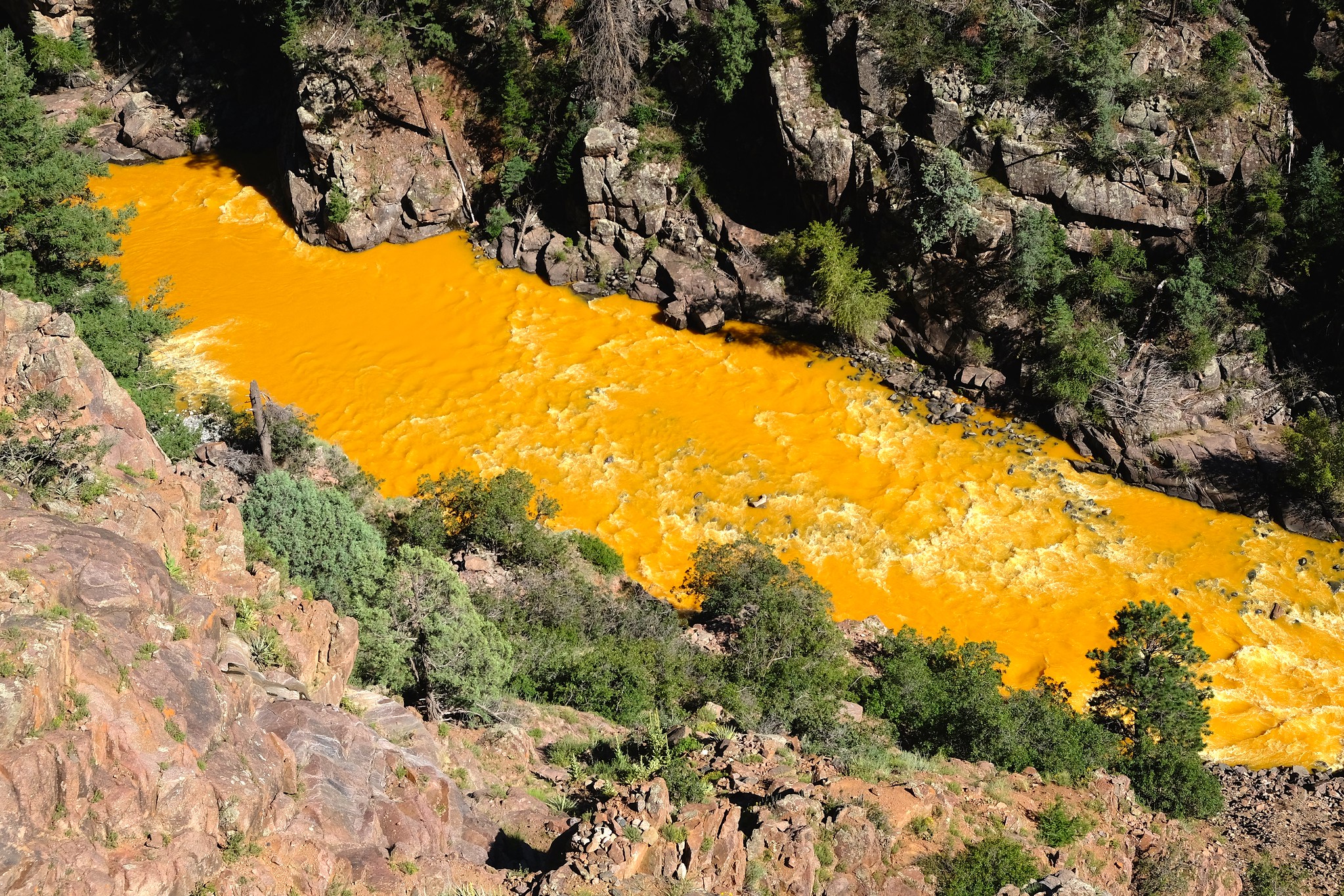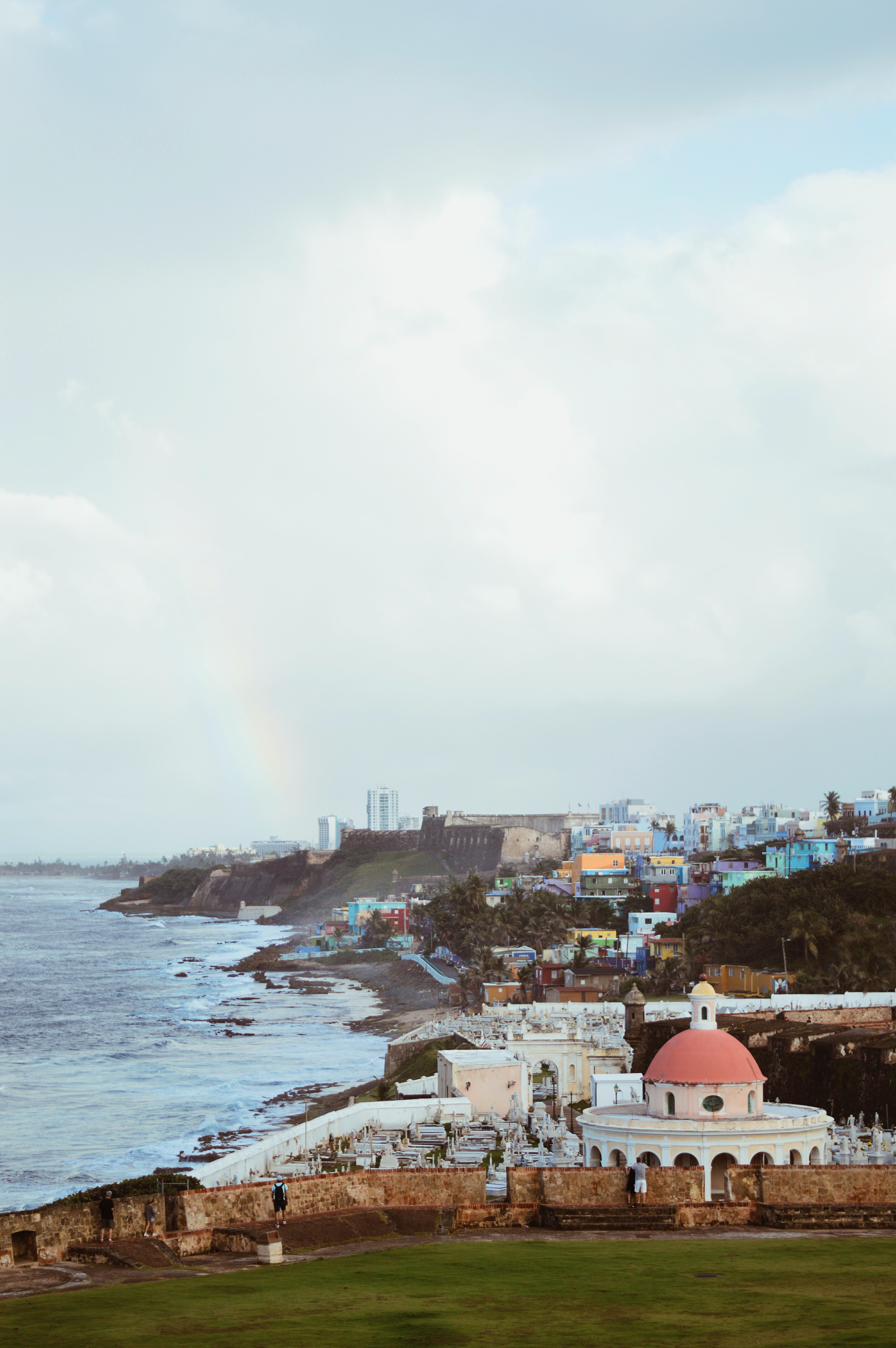Rivers running orange: Quantifying the sacred after manmade environmental disaster

Rivers running orange: Quantifying the sacred after manmade environmental disaster
The socio-cultural harm of manmade environmental disasters on Native American communities is difficult to quantify. However, recent Native-led research demonstrates that quantifying this harm is crucial.
Van Horne, Y.O., Chief, K., Charley, P.H. et al. Impacts to Diné activities with the San Juan River after the Gold King Mine Spill. J Expo Sci Environ Epidemiol 31, 852–866 (2021). https://doi.org/10.1038/s41370-021-00290-z
The San Juan River is sacred to the Diné (Navajo) people for agricultural, recreational, cultural, and spiritual purposes. On August 5, 2015, a manmade disaster – The Gold King Mine Spill (GKMS) – polluted this sacred river. In a catastrophic breach related to U.S. Environmental Protection Agency (EPA) remediation work, 3 million gallons of bright orange, toxic acid mine drainage was released into the riverway.
The GKMS prompted a deep sense of loss for the Diné, for whom the San Juan River is part of a sacred framework of life. The spill profoundly disrupted this framework. However, this disruption was not reflected in the conventional risk assessment conducted by the EPA. While the EPA assessed physical damage caused by the disaster, the agency’s evaluation focused on quantifying harm associated with recreational uses of the river, overlooking broader socio-cultural effects on the Diné.
A recent study attempts to fill gaps from the EPA assessment and measure the effects of this disaster on the Diné community. The study, published in the Journal of Exposure Science & Environmental Epidemiology, was led by an interdisciplinary team from the Navajo Nation, four academic institutions, community partners, and Diné Elders. Researchers used culturally cognizant and community-led methods to assess the impacts of the GKMS on the Diné community. Together, researchers and participants identified 43 unique ways in which the Diné interact with the river. Researchers grouped these interactions into a variety of categories, including livelihood, dietary, recreational, cultural and spiritual, and arts and crafts. Participants were then asked how they interacted with the river before and after the GKMS.
Researchers found that the spill fundamentally changed how the Diné engaged with the river. Across all activities, researchers found a statistically significant decrease in Diné participation, in both time and frequency. For example, before the GKMS, participants within the study group gathered medicinal plants from the banks of the river; after the spill, they stopped entirely.
The greatest impact for both Diné adults and children was on dietary activities, such as eating crops irrigated with San Juan River water. Time and frequency of dietary practices associated with the river fell an average of 48.1 percent among adults and 30.6 percent among children. In focus groups, participants expressed concerns about the human health, economic, and cultural effects of the spill on local crops. For example, researchers noted that the GKMS occurred in August, the beginning of the harvest season, a time when many cultural and spiritual traditions related to food and agriculture occur. The research emphasizes concerns of community members who believe the GKMS will have significant, traumatic effects on their ability to pass down cultural and spiritual practices to future generations.
The effects of the GKMS can never be fully quantified for the Diné. Yet research and frameworks attempting to quantify this harm are crucial. While environmental contamination may not linger, the socio-cultural harms are long-lasting and devasting. Current and legacy extraction industry, such as mining, continue to pose a significant risk for manmade environmental disaster. This study exemplifies the need for future researchers and assessors to quantify socio-cultural harms to local communities following environmental disasters.




